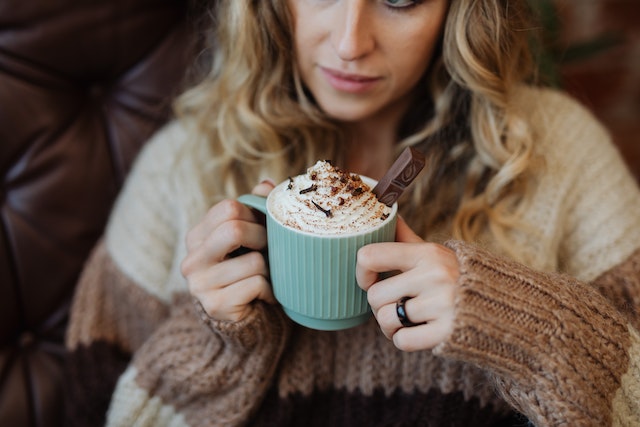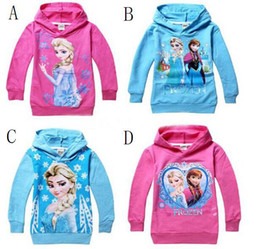
There’s nothing more delicious than a steaming cup of hot chocolate to warm you up on a cold day, but have you ever stopped to think about where it comes from? The history of hot chocolate goes back thousands of years, but it wasn’t always as rich and creamy as it is today

Speak Your Mind